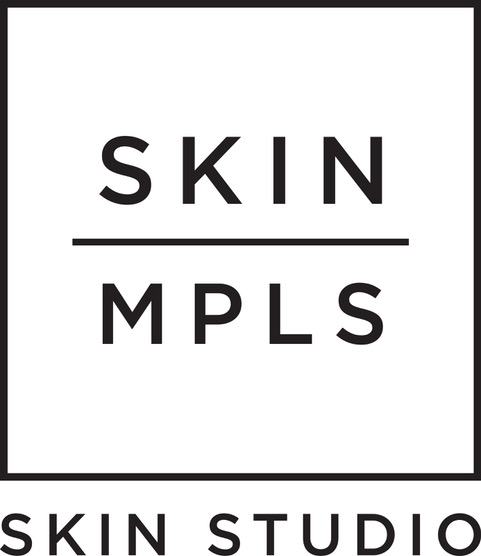The Hyperpigmentation Handbook
How to Identify, Prevent, and Treat Dark Spots
Dark spots, sun spots, age spots, uneven skin tone – call it what you want, but don't call them scars. Hyperpigmentation is anything but permanent. Before you get too excited, though, we didn't say treating it is easy. It takes time, active ingredients, and, typically, advanced aesthetic treatments to turn around hyperpigmentation.
But hold up. Before you start buying and booking anything and everything, we'll save you some time and money and teach you about one of the most confusing and common skin concerns – hyperpigmentation.
What causes hyperpigmentation?
Essentially, any skin discoloration or uneven skin tone is hyperpigmentation, but what we refer to most often are brown spots or patches on their skin. There are more than a few potential causes of hyperpigmentation, but we will focus on the main three.
Exposure to UV rays is the leading and most common cause of dark spots because UV rays cause skin to produce melanin. High-quality SPF and safe sun practices are a great way to defend against UV rays.
Outside of the sun, acne and other types of skin inflammation are the next common causes of hyperpigmentation. The inflammation of a pimple produces melanocytes that produce melanin, and the acne lesion leaves a brown mark. If you pick that acne lesion, you increase the inflammation, which can increase the hyperpigmentation.
Finally, hormones can cause hyperpigmentation by increasing the melanocytes in your skin and producing dark patches on the skin. Remember, hormones control pretty much all aspects of the skin.
Why now?
We all regret sun damage done to us in our teens and twenties, and most people are taking a vested interest in SPF, hats, and shade-seeking behavior – especially those who pride themselves on their skincare goals. If you are wondering why you are now seeing dark spots appear, it's because sun damage takes years to form and rise to the surface of your skin. That's why people often call hyperpigmentation "age spots" or, worse, "liver spots." They are visible signs of skin aging.
However, young people have hyperpigmentation as well. It could be in the form of melasma caused by hormonal birth control or pregnancy or in the form of freckles. Freckles are genetic and currently trending, but they are hyperpigmentation brought out by the sun. You should think of deepening freckles as a warning sign that you are getting too much unprotected sun for your skin tone – but eventually, those "cute freckles" will all band together in hyperpigmentation patches. Though paler skin is less tolerant to the sun, fortunately, it burns to warn of skin damage. Those with deeper skin tones often think UV exposure is not an issue since they tan well and never burn. However, the danger is years of melanin production that goes unnoticed and hits all at once in older age (not to mention the risks of skin cancer without any early signs).
How to treat it?
Here is a really dull and obvious point: Preventing skin issues is easier than treating them. This is especially true with hyperpigmentation. Once it's there, it's there, and you have to shed all the layers of skin affected by the dark patch. However, you can keep your skin tone even if you work hard to avoid UV rays (treating hyperpigmentation while getting sun exposure is like shoveling snow during a blizzard), control breakouts, avoid picking acne spots, and use antioxidants.
But if it's too late for you and you currently have hyperpigmentation, check out these three regimen boosters to target your hyperpigmentation!
Daily Repair Pads. These pads are a triple threat. They have mandelic acid to lift spots, salicylic acid to keep pores clear, and antioxidants to strengthen the skin.
8% Mandelic Acid Serum. Mandelic acid is the ultimate ingredient for treating hyperpigmentation. It's gentle but highly effective and suitable for all skin types.
Pure C&E Serum. Antioxidants are a silent heroine in treating uneven skin tone because they protect the skin, and vitamin C also brightens the skin to help break up pigment.
In some cases, lifting all unwanted hyperpigmentation with topical skincare may not be possible. Still, it will bring spots closer to the surface so that you see better results when you do an advanced treatment. The two best advanced treatments for hyperpigmentation are professional chemical peels (including all levels of peels and even medical-grade peels) and BBL (BroadBand Light). It's best to work with someone who knows your skin and what you are using so they can tailor the treatments to you.
